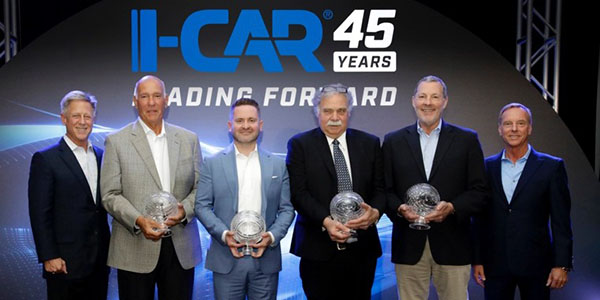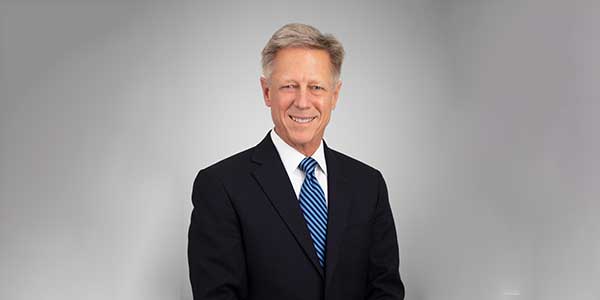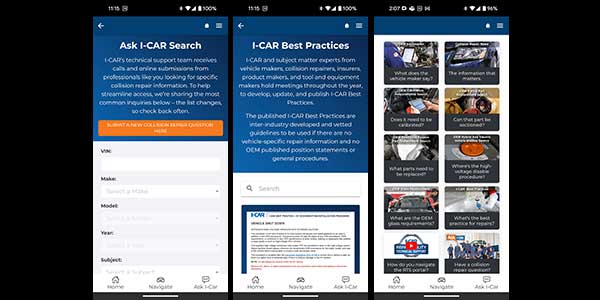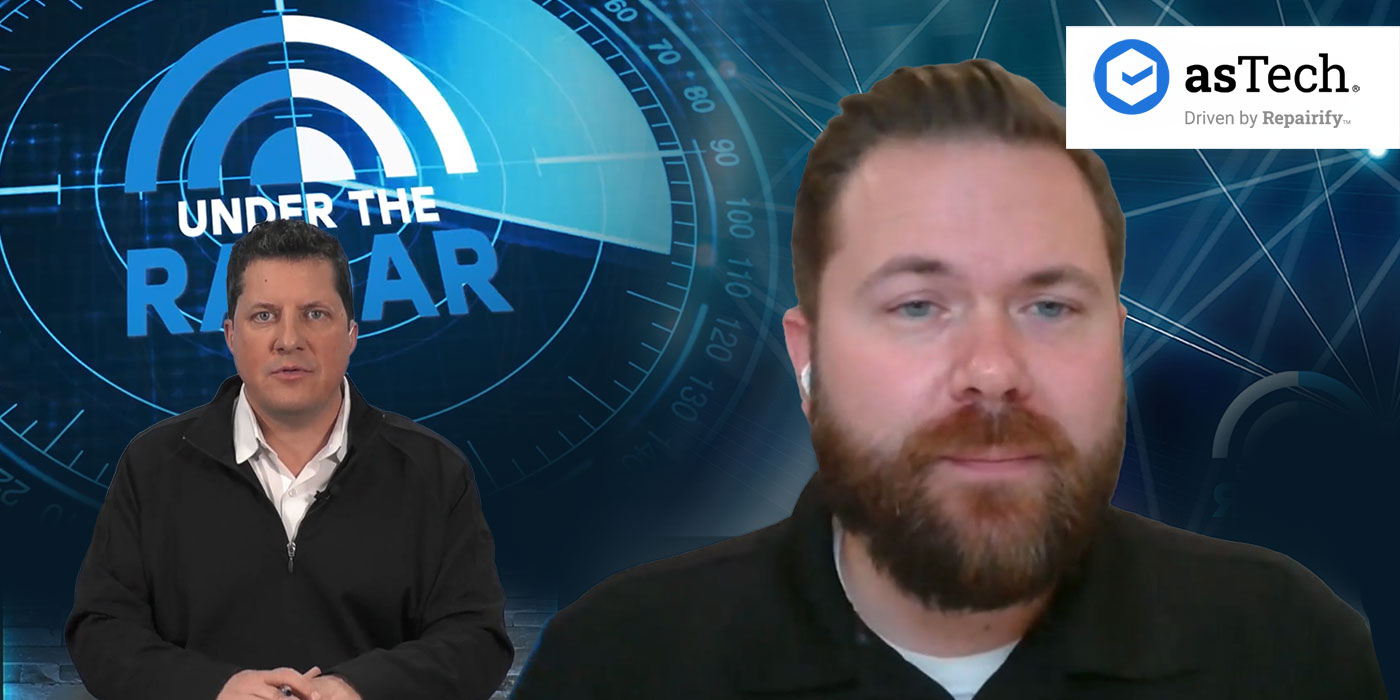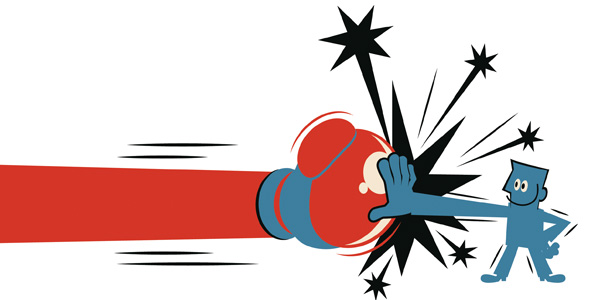
Whenever you mention corrosion to a body technician or a body shop manager/owner, you can see in their faces the pain associated with the subject.
We’ve all dealt with this pain, whether it was through trying to repair corrosion or trying to prevent it. We would love to see a miracle product that would be the cure-all to this problem that plagues us all. Vehicle manufacturers, owners and repair shops all deal with corrosion in prevention and repair.
Diligently following the proper procedures and understanding the metal you’re working with is important to success in any type of process. Not following through can have a devastating effect on your bottom line and reputation. Taking corrosion into consideration when performing repairs may help prevent costly comebacks. These considerations should not be taken lightly.
We should also consider that metals have changed. The function of these metals are why we as an industry must be careful when repairing vehicles. Always follow vehicle manufacturer guidelines and use products that are recommended or approved for repair or prevention.
Causes of Corrosion
Corrosion is the deterioration of a metal as the result of chemical reactions between it and the surrounding environment. Be it through the air or chemicals or moisture, electrons are removed from the metal, causing corrosion.
As the roadway environment becomes more harsh with floods and chemicals for ice and snow, restoring corrosion protection during vehicle repairs must be done to ensure a long-lasting repair. Vehicles are lasting much longer due to better corrosion protection at the factory. Because vehicle longevity has increased, people are keeping their cars much longer than they used to. Repairs today must also last that test of time.
During repairs, the use of primers and cavity waxes with adhesives and sealers – and verifying proper use and application or diligence – is a major part of the lifetime warranty of those repairs. Using proper procedures to prevent corrosion from the repair process also contributes to a successful repair. I always use a phrase once told to me by a technician: “I feel I maybe was paid enough to do the repair the first time, but I didn’t get paid enough to do the repair twice.” A warranty can be an exhausting problem to a shop. It can also be a problem to the vehicle owner, eroding their trust in all body shops and body repairs.
With all the crevices corrosion can start in and all the welds being replaced by shops, access to the repair area, particularly on the inner structure, is hard. During the repair process, corrosion hot spots are created that must be protected. Following vehicle manufacturer guidelines is a must for all shops. Verifying effectiveness is also important. Borescopes or drywall cameras can be used to make sure all repairs are correct and all corrosion protection is applied. A cheap investment to see the backside of welds and in those seams will pay off quickly in a shop. When was the last time you looked at the backside of a repair to verify that correct welds were done and corrosion protection was applied?
Environmental corrosion is much tougher to prevent. We can’t control where the customer will take their vehicle and to what extremes it will be exposed to. We must do our due diligence to replace and apply all corrosion protection required by the vehicle manufacturer. The procedures are well-documented and explained by vehicle manufacturers. Make sure technicians are trained to use all products and follow all procedures. Also, follow through and verify all processes. This will help to prevent that costly redo.
Welding
One procedure that can create a source of corrosion is welding the vehicle. When welding is done correctly, the repair is as sound and secure as the vehicle was when it came off the assembly line. If welding is not done correctly, then a problem may arise.
Step one to creating a quality weld is making sure all your welders are properly maintained and working correctly. Then, be sure all technicians are trained to use that welder. Proper heat settings is one step. Using the correct welder and adhesives where recommended is another step. Follow all vehicle manufacturer recommendations as to the power of the welder, wire, gas and location of welds. Leaving primers between welds where recommended is another step. Cleaning and priming the backside of repairs is a must for the longevity of the repair.
STRSW or spot welding is a faster and much better welding method as far as protecting against corrosion. Shops that don’t have a spot welder should consider getting one very soon. Spot welders are expensive but pay off quickly.
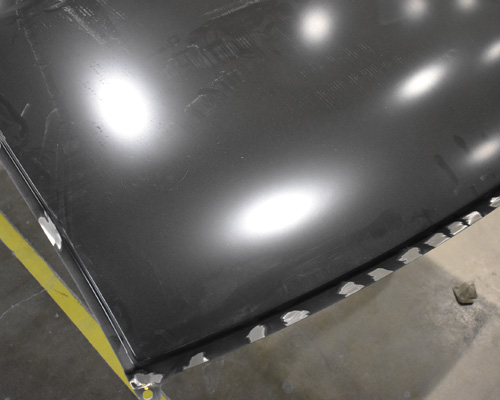
between the weld locations.
Weld-through primers must be used according to the vehicle manufacturer’s requirements. In the case of MIG/MAG welding, the weld-through primer must be removed from the weld zone prior to welding. Some technicians try to weld through the primer like the name says, but find that the primer contaminates the weld. Read the directions and attend the I-CAR welding classes for more information and training.
MIG brazing is being recommended by more and more vehicle manufacturers. The big advantage to this kind of welding is the strong bond with little to no corrosion issues. I-CAR also has new MIG brazing training that all shops should consider taking.
Primers are also a key component to preventing corrosion during repairs. I mentioned earlier about cleaning and priming the backside of repairs. Even welds that are in low-moisture zones or backside welds that are inside the vehicle require a cleaning and primer. I recently witnessed a vehicle inspection where the welds on the roof had visible corrosion on the interior of the vehicle 14 days after repairs. As steels get thinner and stronger, they also become more susceptible to corrosion faster. Cleaning and priming the backside and daubing roof epoxy primer on the welds will prevent many corrosion issues in these hot spots.
Shops should look into using more epoxy primer, as it is called for in many procedures. Epoxy primer is an excellent moisture barrier and can be applied in a variety of ways other than spraying. It offers excellent protection to metal and eliminates overspray issues.
Coatings
I recently saw a technician using a cardboard tube left over from Christmas wrapping paper. He cut the tube into thirds and taped an end of one of these sections. He then took cavity wax and sprayed it into the inside of the tube. I watched him split the tube to see if he was getting full coverage into the tube. He was, so he began spraying it into the cavities of the repair area. That’s a pretty clever trick to check the spray pattern before use. How many techs check that during repairs?
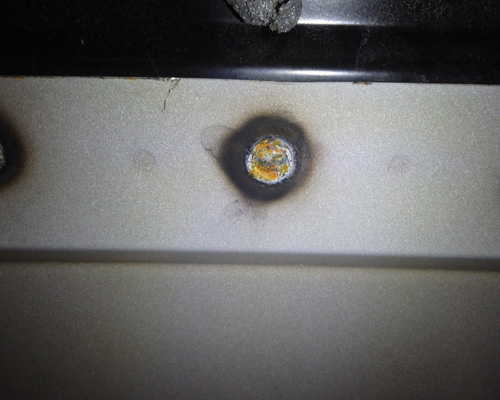
I’ve also seen an increase in the use of epoxy primers in high-risk areas, such as between welds and jamming rockers with epoxy primer prior to assembling. In hard-to-reach areas, this can be a vital application. You need not apply to the whole part, just in high-risk areas.
Sealers for seams and gaskets are also a step not to be taken lightly. Make sure all surfaces are clean and free of any contamination before application – never assume they are. Be sure to follow all directions for application. Shortcuts or improper procedures are the No. 1 reason products fail.
Corrosion Repair
Once it’s found that the metal is corroded, there are options and considerations. The first and foremost consideration is that successful removal or repair is not guaranteed by any process but the replacing of the affected metal. Corrosion does not always just disappear or grind away. Even light surface rust can be much deeper or have penetrated much further than perceived.
This level of penetration is a factor in what should be done to correct the situation. We as an industry do not have the equipment to see the extent of the damage to the metal. We assume these levels by sight. This is why many vehicle manufacturers will recommend replacement. It is a business decision to do any other procedures.
Grinding
A major concern when removing corrosion is the grinding effect. When we grind to remove corrosion, the metal is thinned considerably. In many cases, it is thinned so much that, on high-strength steels and ultra-high-strength steels, we could compromise vehicle integrity. Not to mention that grinding weakens manufacturer or shop-replaced spot or MIG/MAG welds. Deciding to repair light surface corrosion but not identifying metal being thinned could create a problem. Other factors such as heat generated by grinding may also affect adhesives between panels in weld-/panel- bonded vehicles.
Some consider media blasting, but with this you also must consider its effectiveness and also contamination. Light surface corrosion may seem like a simple fix, but that may not always be the case. Removing or replacing is going to depend on what caused the corrosion and what access you have to the affected area. For anything beyond light surface corrosion, I cannot make any product or procedure recommendations. Once pitting starts, it’s hard to stop.










